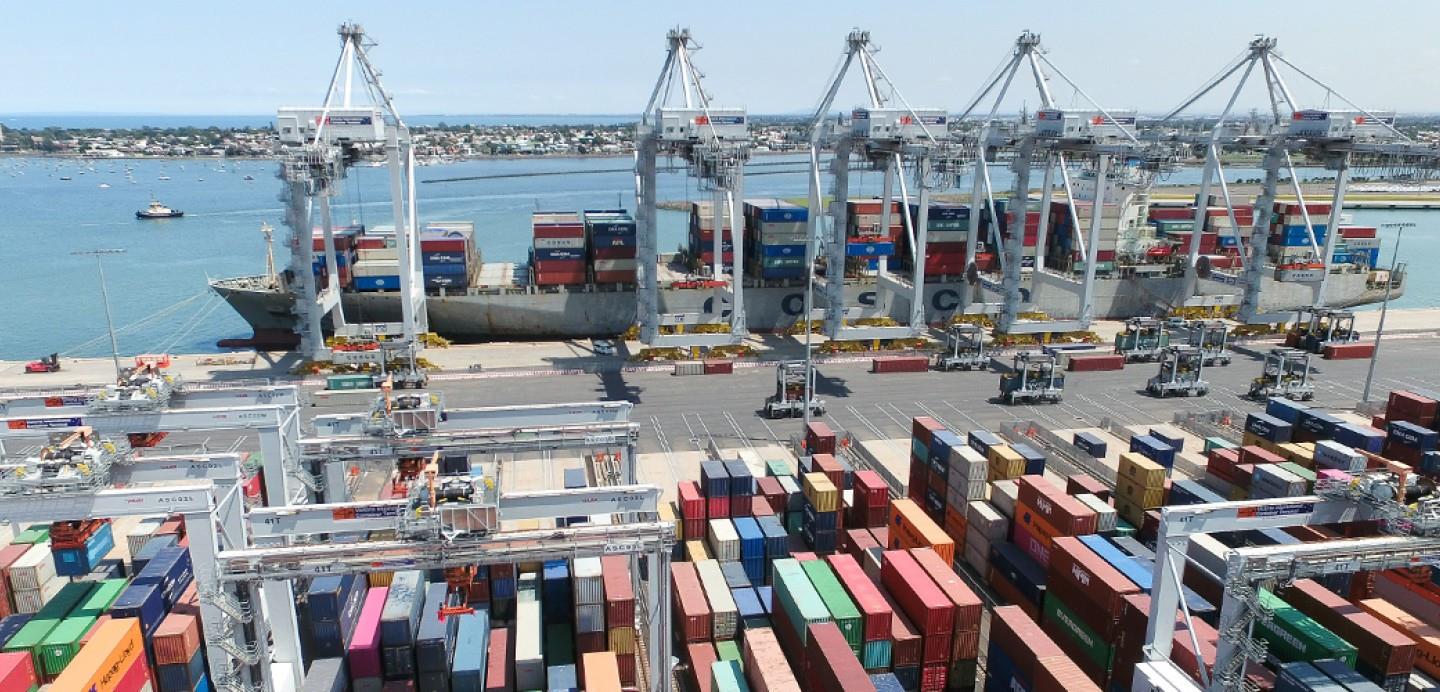Victoria International Container Terminal (VICT), International Container Terminal Services, Inc.'s (ICTSI) operation at the Port of Melbourne in Australia, announced that Phase 3A of its expansion project will be completed in December.
In the announcement, ICTSI said the AUD235 million project is being carried out in two phases: Phase 3A will increase the terminal's capacity by 30% to 1.25 million TEUs by extending the quay by 71 meters to 735 meters or 769 meters with the mooring dolphins included, and will enhance VICT's quayside operations by allowing two 366-meter vessels to berth simultaneously.

[Source: ICTSI]
On the landside, three new storage blocks have been added along with 15 new truck lanes, enhancing the terminal’s booking system time slot offerings to the market by up to 30% per hour starting in January 2024.
VICT also acquired two ship-to-shore (STS) cranes, six auto container carriers (ACC) and six auto-stacking cranes (ASC) as part of Phase 3A.
It said that the ACCs and the ASCs have been operational since August, supporting the increased yard capacity.
The STS cranes, which have a reach of 22 containers across and are currently the largest port equipment in Australia, arrived in the third quarter and will be operational by yearend.
ICTSI noted that Phase 3B is scheduled to be completed in 2025 and will include the acquisition of another automated STS crane, three ACCs, four ASCs, and the construction of two additional storage blocks.
"The project is a substantial leap forward for VICT ... With the expanded capacity and new equipment, VICT will be able to service larger vessels – particularly the neo-Panamax ships with capacities of up to 14,000 TEUs – and introduce economies of scale across the supply chain," said Bruno Porchietto, VICT chief executive officer.
Aside from investing in infrastructure and equipment, ICTSI said VICT is also investing in the continuous development of its workforce to ensure that VICT remains "well-prepared" to manage the anticipated growth across its infrastructure, equipment, operations and workforce.